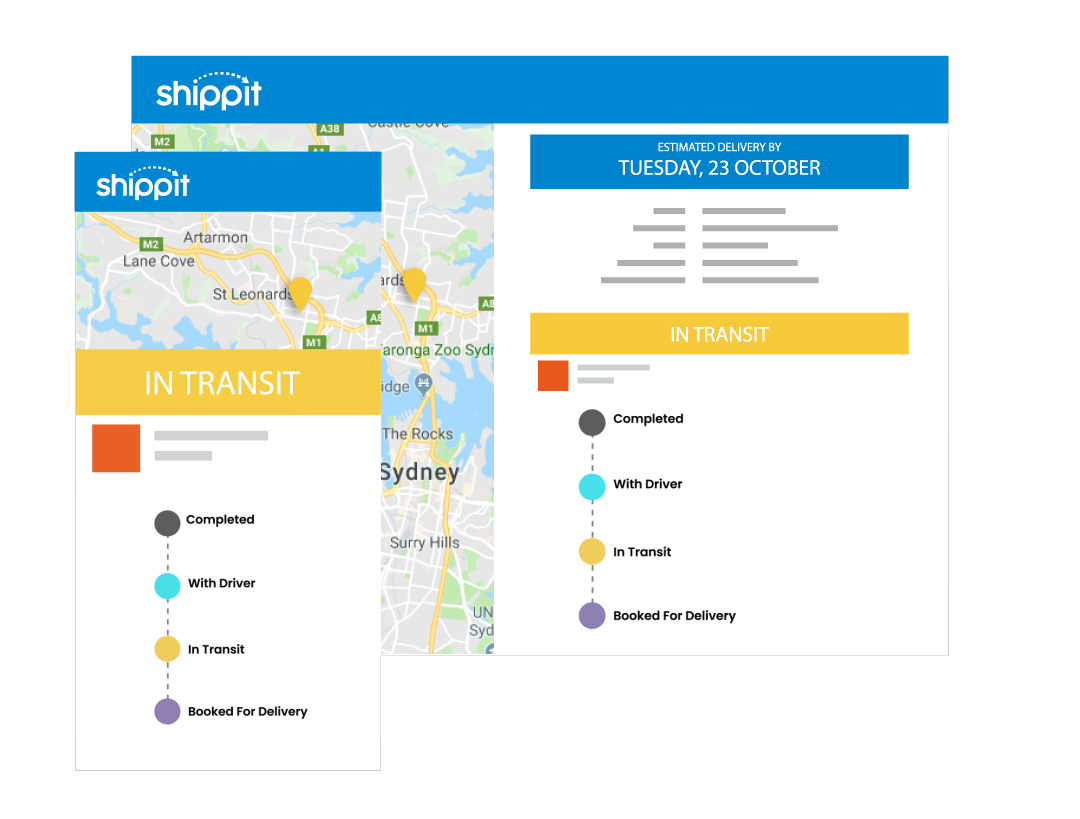Product descriptions that state the obvious merely tell the shopper what they already know, whereas descriptions that identify with problems and describe solutions, sell the product. If you want to understand the difference between telling and selling, check your conversion rate – you’ll be surprised how far a little effort and imagination can go.
When done right, product descriptions can turn an online window-shopper into a converted customer. Is it tone, length, subheadings, language, humour or technical information that makes a product description worth reading? Depending on your product, it’s a combination of factors that starts with understanding the product and knowing why a buyer wants it. Here are some ideas about how to take your product descriptions to the next level.
Who are You Selling To?
When writing a product description, always keep a user in mind; writing to a no-one will sell to no-one. The best descriptions identify with a persona and their pain points and use conversational language to connect with them. Put the virtual element aside for a moment – if a customer walked into your retail store, you’d have a direct conversation with them about the product. Now think about the online customer experience, if you’re not there, your product description needs to do the heavy lifting.
Take a look at the description from online retailer evelane.com below. It’s not a long a description, but it definitely packs a punch. Using a demographically relevant tone of voice in phrases like ‘All. Damn. Day.,’ makes the reader feel as if they’re chatting with a friend, not a business. While this laid back turn of phrase may not suit all brands, some personas call for a more personal approach.
Keep it Real And Relevant
We’ve all encountered an overeager sales assistant – you know the type that focuses on one mundane feature and talks you through it in more detail than you ever cared for. While passion is a plus, there’s a line where it becomes painful. To avoid being that person, stick to showcasing the benefits.
In your eyes, your product may be ‘excellent’ or ‘the best,’ but consumers can see through superlatives – even the ‘most amazing’ ones. Always keep it real. If you find yourself stuck for words and reaching for a bland statement, bring it back to the persona and be as specific as possible. If your product does push boundaries, talk about it, but always back it up with a fact.
Humour Sells
Quirky descriptions are like conversion weapons. Not only do they set your brand apart, but they can also help break down peoples resistance to purchasing. With such a positive impact on conversions, it’s worth finding ways to combine the fact with the funny. A word of warning: there’s such a thing as trying too hard. Your potential customers probably aren’t going to be in hysterics when buying a pair of shoes from your website, but they may have a chuckle. Humour is in the nuance, so use it subtly and sparingly.
Take a look at the description below for Dr. Carver’s disappearing post shave dew from Dollar Shave Club.
And this cheeky excerpt from an ASOS product description.
Top Tips
- To find out what language your customers use, ask the sales and support team, or look through your social media comments and questions.
- Go beyond the features and benefits to sell the experience, not just the product.
- If you err on the side of superlative – tone it back. If you think your product or service is legitimately life-changing, pull in quotes from customers and let social proofing do the selling.
- The reality is, most people scan descriptions, so be sure to use headlines and bullet points to improve readability.





